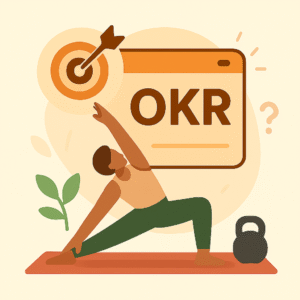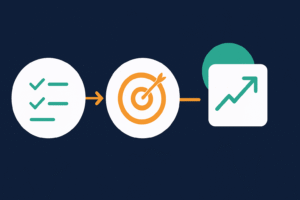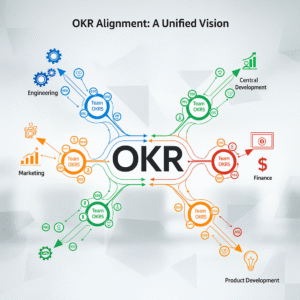Recently I was talking to one of our customers about how they feel about our services. This reminded me again of Dave and my conversation on the Definitely, Maybe Agile podcast on this very topic. Which is indeed the topic of this latest entry in our business agility series: why business agility needs customer interaction.
As we have in previous weeks, we will highlight three areas of consideration on this important topic, building on last week’s topic of business agility success depends on feedback loops.
Now we’ve known this for decades. It has been common knowledge that it is an essential skill to frequently ask your customers to guide your direction yet, perhaps in recent years it has become truly essential. We see companies that if they take their eye off the ball can find themselves becoming obsolete extremely quickly. The pace of change is only accelerating.
Remember YAGNI
An acronym from extreme programming: You Ain’t Going to Need It. You don’t need to build everything your customers are asking for. You do need to have a mechanism in place to test ideas and use that to determine the direction you want to take. Taking an approach of asking “do my customers really need this?” is a good way to guide your decision-making.
Although it has changed a little, the original vision with “apps” and mobile devices was the single-purpose nature of each application. The 90% of features in the application that you never use or often never even know about. You are building something targeted to a customer need. Not focusing means you may end up waiting for features you don’t need to be ready before providing a product the customer values.
Don’t do that.
Validate emergent needs with your customers
Building the habit of feedback is critical, making it an act that occurs naturally as a part of how you work rather than an afterthought you force yourself to do. It is understanding that gathering feedback goes both ways. You need to validate what you’ve learned with your customers to understand if you are going in the right direction. In the digital space, this is achieved through running experiments against subsets of customers and observing behaviour. Marrying this feedback with asking the right questions will help you paint a picture of your customers and validate needs you see emerging.
Sometimes in the urgency to get the next feature or next version out we forget to go back and validate with our customers that we are building the right thing.
Frequency matters. Connect early and often.
Build a system that can respond to customer needs
Being able to validate customer needs is not enough if you can’t also deliver what they are looking for in a timely manner. Being able to put a new version of a working product in front of customers as quickly as possible is key to success. Waiting 12-18 months to get feedback as to whether what you built meets the customers needs is simply too long. Yet some organizations still operate this way.
Conclusion
Connecting with customers is an essential skill for your product management group. Having them understand the roadmap they create needs flexibility and capability of change. Without this, even with the ability to validate your customers needs, you may find the inertia of work underway may prevent you from being able to listen to your customers. Dynamism: the ability to listen to your customer’s needs and respond. The book Commitment talks to Real Options that discusses the idea of how we get the information we need to open up more options.




